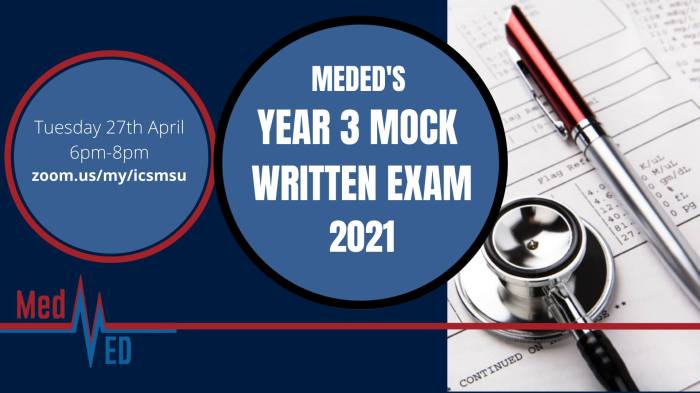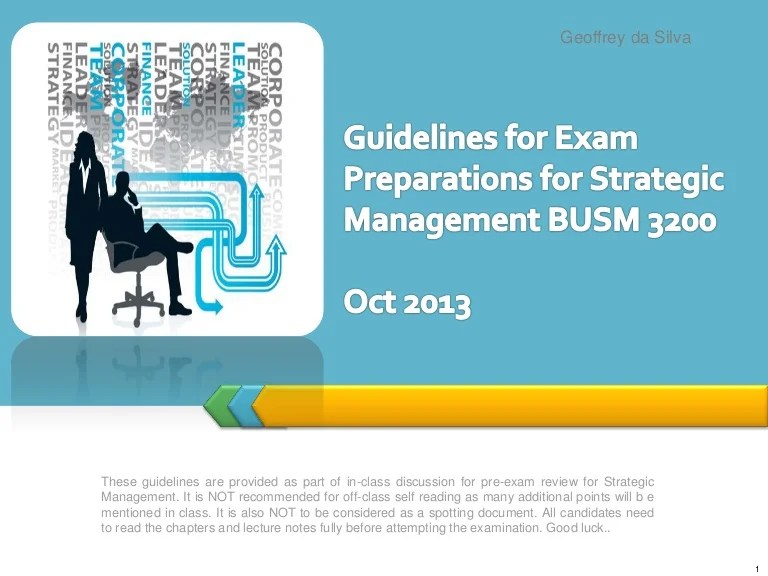Welcome to the SMUD Written Exam Study Guide, your trusted companion on the path to exam success. Within these pages, you’ll find a wealth of knowledge, expert insights, and practical strategies tailored specifically to help you excel in your SMUD written exam.
Whether you’re a seasoned professional or just starting your journey, this guide will empower you with the confidence and skills you need to achieve your goals.
As you embark on this study journey, remember that knowledge is the key to unlocking your full potential. Embrace every concept, delve into the case studies, and master the sample questions. With dedication and perseverance, you’ll transform exam day into a testament to your preparation and emerge victorious.
Exam Overview
The SMUD written exam is a comprehensive assessment designed to evaluate your knowledge and understanding of the subject matter covered in the SMUD training program. The exam consists of a mix of question types, including multiple choice, true/false, short answer, and essay questions.
The exam covers a wide range of topics, including:
- SMUD’s history, mission, and values
- The electrical grid and its components
- Electrical safety
- Customer service
- Energy efficiency
- Renewable energy
Question Types
The SMUD written exam includes the following types of questions:
- Multiple choice:These questions present you with a question and several possible answers. You must choose the best answer from the options provided.
- True/false:These questions present you with a statement and ask you to indicate whether it is true or false.
- Short answer:These questions ask you to provide a brief answer to a question. Your answer should be concise and to the point.
- Essay:These questions ask you to write a short essay on a specific topic. Your essay should be well-organized and demonstrate your understanding of the topic.
Exam Preparation
To prepare for the SMUD written exam, it is important to:
- Review the SMUD training materials
- Take practice exams
- Get a good night’s sleep before the exam
- Arrive at the exam on time
Study Guide Preparation: Smud Written Exam Study Guide

A comprehensive study guide is crucial for success in the SMUD written exam. This guide will provide you with a list of essential resources, a recommended study schedule, and effective study techniques to help you prepare effectively.
Resources for Studying
To prepare for the SMUD written exam, consider utilizing the following resources:
- Textbooks:Recommended textbooks include “Electric Power Distribution Handbook” by Thomas Allen Short and “Power System Analysis and Design” by J. Duncan Glover and Mulukutla S. Sarma.
- Online Materials:Numerous websites and online courses offer valuable study materials, such as the SMUD website and Coursera’s “Power System Analysis and Design” specialization.
- Practice Exams:Practice exams can help you assess your knowledge and identify areas for improvement. Consider using practice exams provided by SMUD or reputable exam preparation websites.
Study Schedule and Techniques
To make the most of your study time, create a realistic study schedule and adopt effective study techniques:
- Study Schedule:Allocate sufficient time for studying, breaking down the material into manageable chunks. Aim to study regularly, even for short periods, rather than cramming at the last minute.
- Active Recall:Instead of passively reading, actively recall information by quizzing yourself, creating flashcards, or teaching the material to someone else.
- Spaced Repetition:Review material at increasing intervals to strengthen your memory. For example, review once after reading, then again a day later, a week later, and so on.
- Collaboration:Study with classmates or join study groups to discuss concepts, share notes, and learn from each other’s perspectives.
Key Concepts
SMUD’s operations and services are guided by several key concepts and theories. These concepts provide a framework for understanding how SMUD operates, delivers electricity, and interacts with its customers.
One of the key concepts is the concept of integrated resource planning (IRP). IRP is a long-term planning process that considers all available resources to meet electricity demand. IRP helps SMUD optimize its resource mix to provide reliable and affordable electricity while meeting environmental goals.
Load Forecasting
Load forecasting is a critical component of IRP. It involves predicting future electricity demand. Accurate load forecasts are essential for ensuring that SMUD has sufficient resources to meet demand and avoid outages.
- SMUD uses various methods to forecast load, including historical data, weather forecasts, and economic indicators.
- Load forecasting helps SMUD plan for future capacity needs and make decisions about new power plants or renewable energy projects.
Resource Acquisition
Resource acquisition is the process of obtaining the resources needed to meet electricity demand. SMUD acquires resources through a variety of means, including power purchase agreements, contracts with renewable energy developers, and investments in its own generation facilities.
- SMUD considers factors such as cost, reliability, and environmental impact when acquiring resources.
- Resource acquisition helps SMUD ensure that it has a diverse and reliable mix of resources to meet customer demand.
Transmission and Distribution
Transmission and distribution are the processes of delivering electricity from power plants to customers. SMUD owns and operates a vast network of transmission and distribution lines.
- Transmission lines carry electricity over long distances at high voltages.
- Distribution lines deliver electricity to homes and businesses at lower voltages.
- SMUD invests in maintaining and upgrading its transmission and distribution system to ensure reliable delivery of electricity.
Case Studies and Examples
In this section, we will delve into real-world case studies and examples that showcase the practical application of SMUD’s principles and practices. These examples serve as valuable tools for solidifying your understanding of the exam material and gaining insights into how SMUD operates in various contexts.
By examining these case studies, you will gain a deeper appreciation for the complexities and nuances of SMUD’s approach, enabling you to critically evaluate and apply these principles in your own work or research.
The SMUD written exam study guide is an excellent resource for preparing for the SMUD written exam. It provides comprehensive coverage of all the topics that are tested on the exam, including the different types of art, the elements of art, and the principles of design.
For further exploration into the world of art, the Gateways to Art Third Edition is a great resource that delves into the history, techniques, and appreciation of art. By utilizing both the SMUD written exam study guide and the Gateways to Art Third Edition, you can effectively prepare for the SMUD written exam and enhance your understanding of art.
Case Study: SMUD’s Energy Efficiency Program, Smud written exam study guide
SMUD’s Energy Efficiency Program is a comprehensive initiative aimed at reducing energy consumption and promoting sustainable practices within its service area. The program encompasses a wide range of measures, including:
- Home energy audits
- Appliance rebates
- Education and outreach campaigns
Through this program, SMUD has successfully achieved significant energy savings, contributing to its goal of reducing greenhouse gas emissions and promoting a more sustainable energy future.
Example: SMUD’s Smart Grid Technology
SMUD has been a pioneer in the adoption of smart grid technology, which utilizes advanced communication and control systems to enhance the efficiency, reliability, and resilience of its electrical grid. By implementing smart meters, sensors, and other technologies, SMUD has been able to:
- Optimize energy distribution
- Detect and respond to outages more quickly
- Empower customers with real-time energy usage data
SMUD’s smart grid initiatives have resulted in improved grid performance, reduced operating costs, and increased customer satisfaction.
Sample Questions and Solutions
To enhance your preparation, it’s beneficial to practice with sample questions from previous exams or practice tests. This helps you familiarize yourself with the exam format, question types, and expected difficulty level.
Below are a few sample questions with detailed solutions to guide your understanding.
Sample Question 1
Define the concept of “security by obscurity” and explain its potential drawbacks.
Solution:
“Security by obscurity” refers to relying on the secrecy of a system’s implementation details to protect it from attacks. While it may seem effective at first, this approach has several drawbacks:
- Limited Protection:Secrecy alone cannot guarantee security. Determined attackers can often reverse-engineer or uncover system details through various techniques.
- False Sense of Security:Relying on obscurity can lead to a false sense of security, neglecting other essential security measures.
- Difficult Maintenance:Keeping system details secret can make maintenance and updates challenging, as any changes may compromise the secrecy.
Test-Taking Strategies

Exam success requires not only thorough preparation but also effective test-taking strategies. Mastering time management, question analysis, and answer verification techniques can significantly enhance your performance.
Time management is crucial. Allocate time wisely, ensuring you spend an appropriate amount on each question. Don’t get stuck on a single question; move on and return later if necessary.
Question Analysis
Read each question carefully, identifying key terms and instructions. Determine the type of question (multiple-choice, short answer, essay) and its specific requirements.
For multiple-choice questions, eliminate incorrect answers to increase your chances of selecting the correct one. For short answer questions, provide concise and relevant responses that demonstrate your understanding.
Answer Verification
Once you’ve answered a question, take a moment to review your response. Ensure it addresses the question fully and provides supporting evidence if necessary.
Common Pitfalls
- Rushing: Avoid making hasty decisions. Take your time and consider each question carefully.
- Guessing: Only guess if you’re completely unsure. Educated guesses based on partial knowledge are better than random ones.
- Overconfidence: Don’t assume you know the answer without reading the question thoroughly.
Helpful Answers
What is the purpose of the SMUD written exam?
The SMUD written exam is designed to assess your knowledge and understanding of SMUD’s operations, services, and industry-related concepts.
What types of questions can I expect on the exam?
The exam typically includes a mix of multiple-choice, short answer, and essay questions covering various aspects of SMUD’s operations, including electrical engineering, customer service, and safety procedures.
How can I prepare effectively for the exam?
Utilize the resources provided in this study guide, including textbooks, online materials, and practice exams. Create a study schedule that works for you and incorporate effective study techniques such as active recall and spaced repetition.
What are some common pitfalls to avoid during the exam?
Avoid rushing through the exam and carefully read the instructions for each question. Manage your time wisely, allocate more time to questions you are confident in, and don’t get stuck on questions you find challenging.